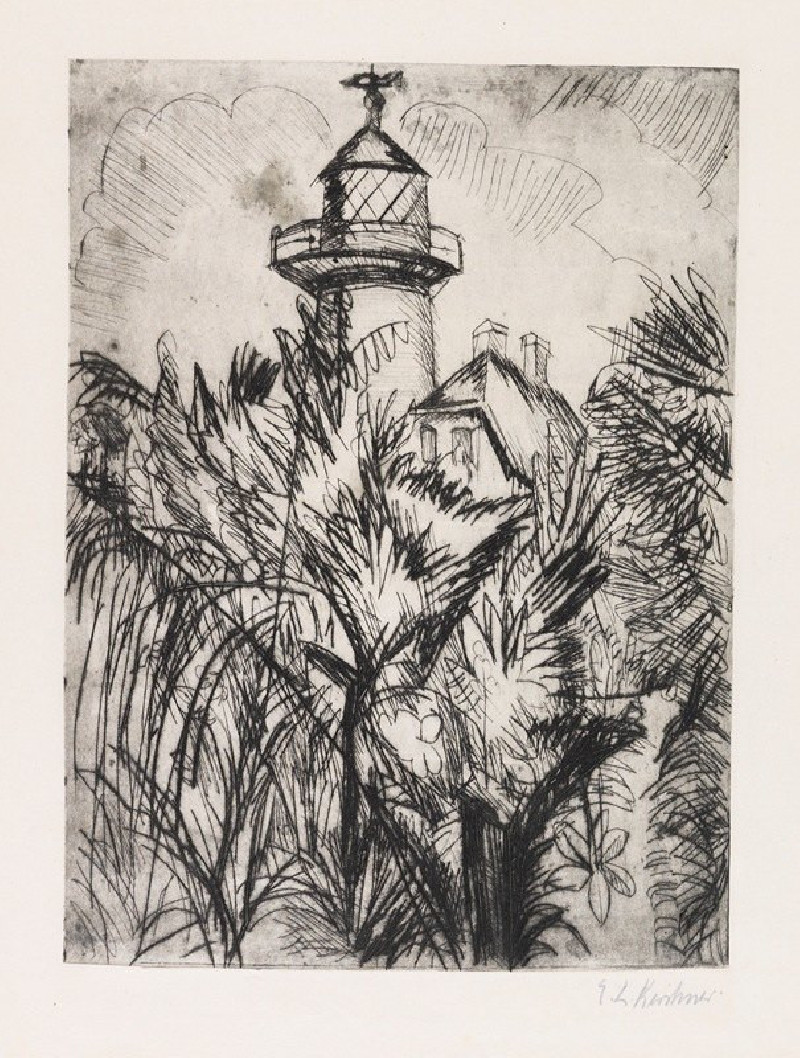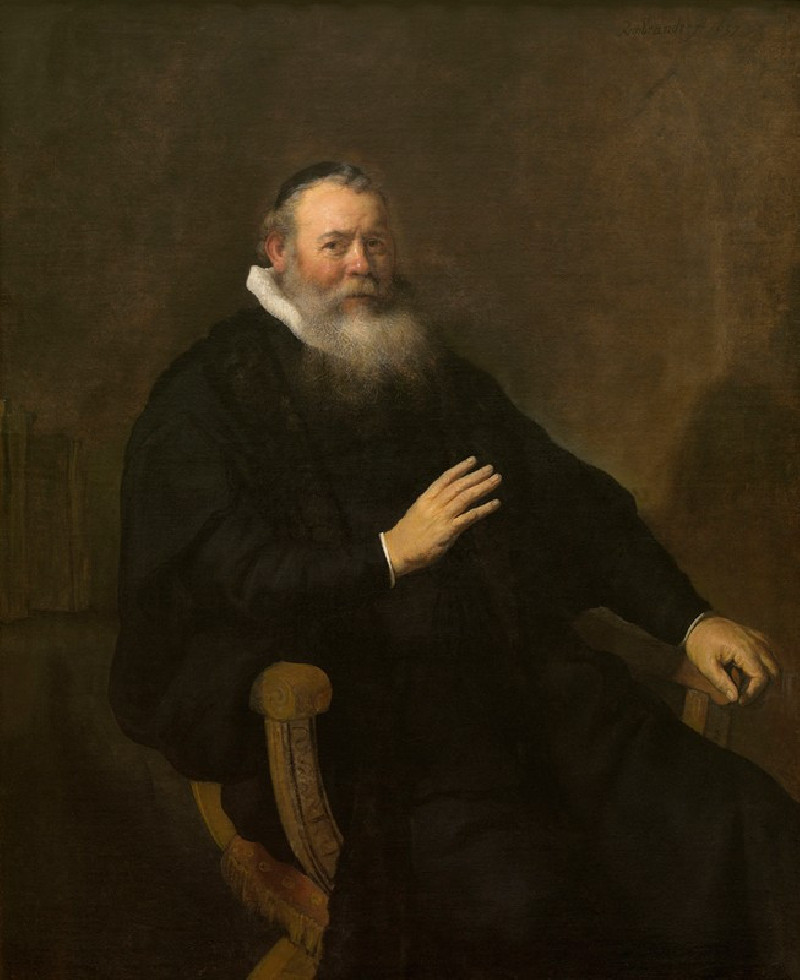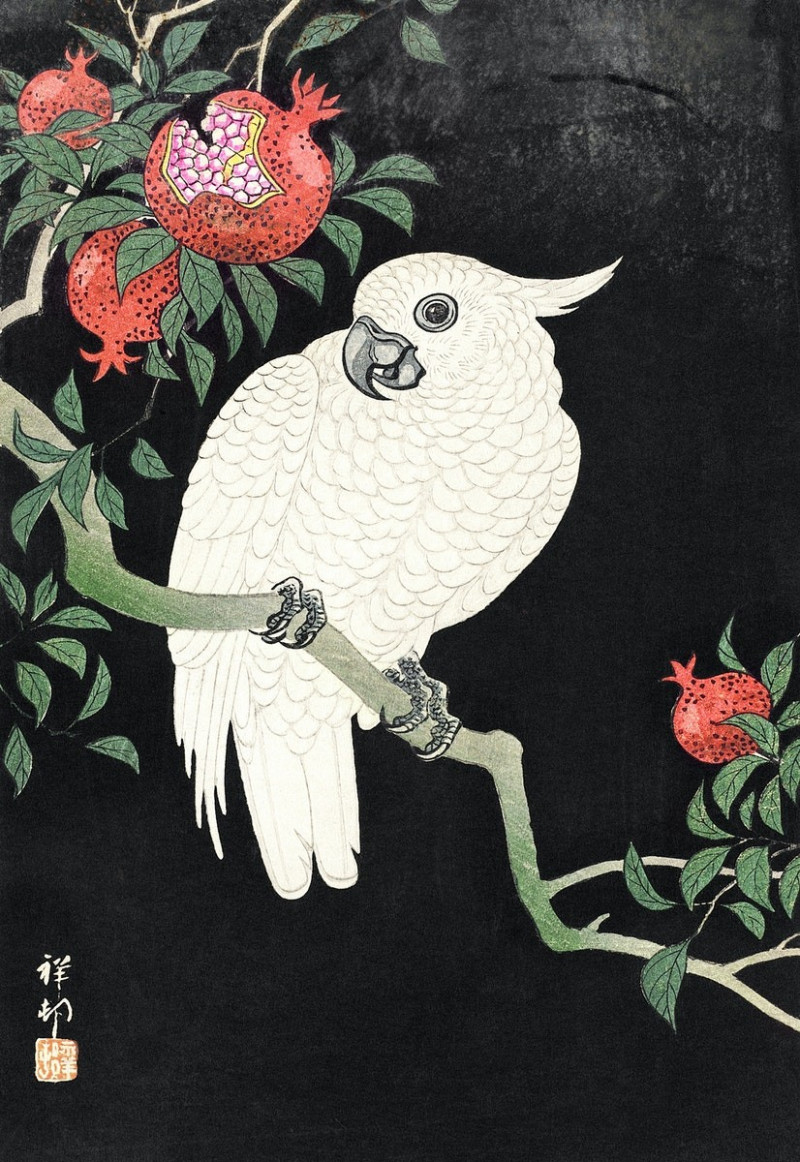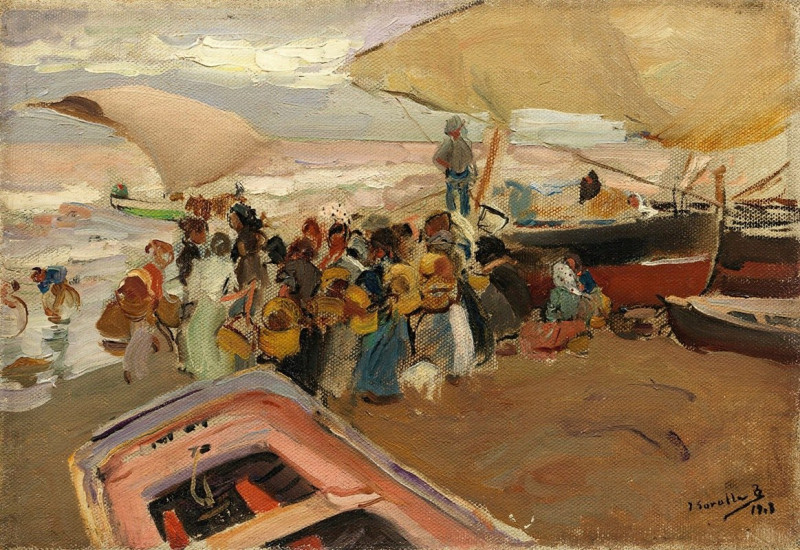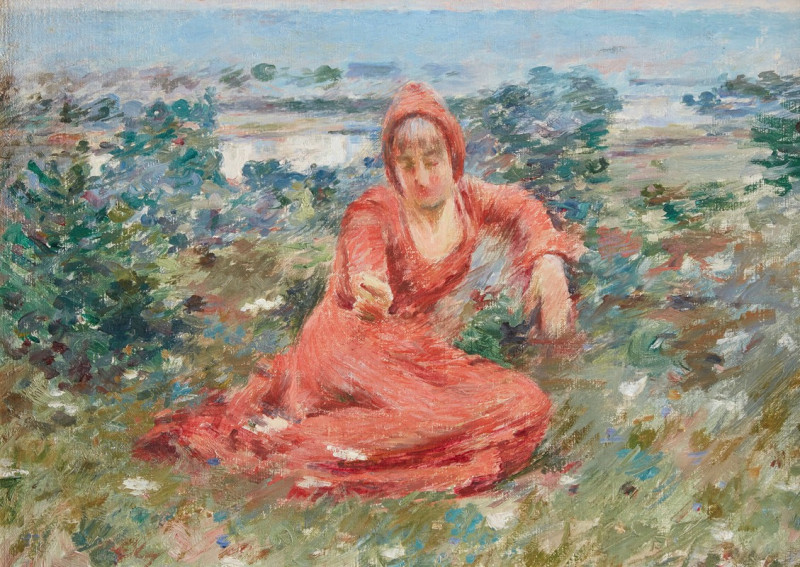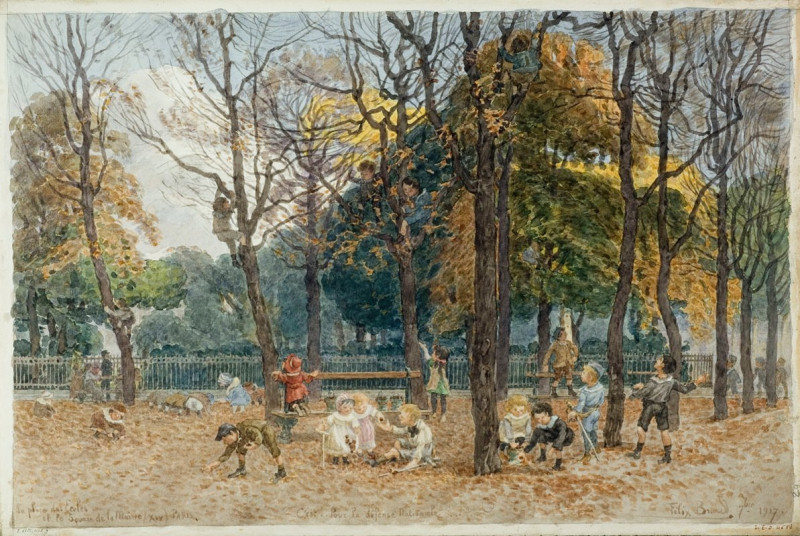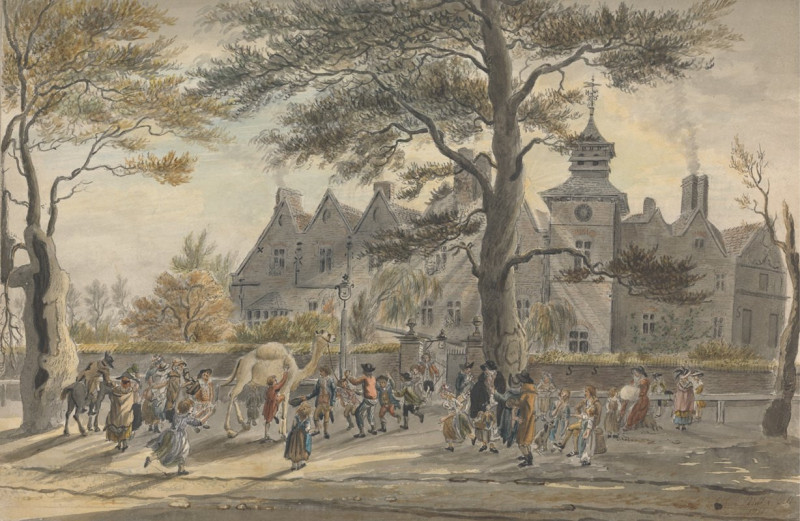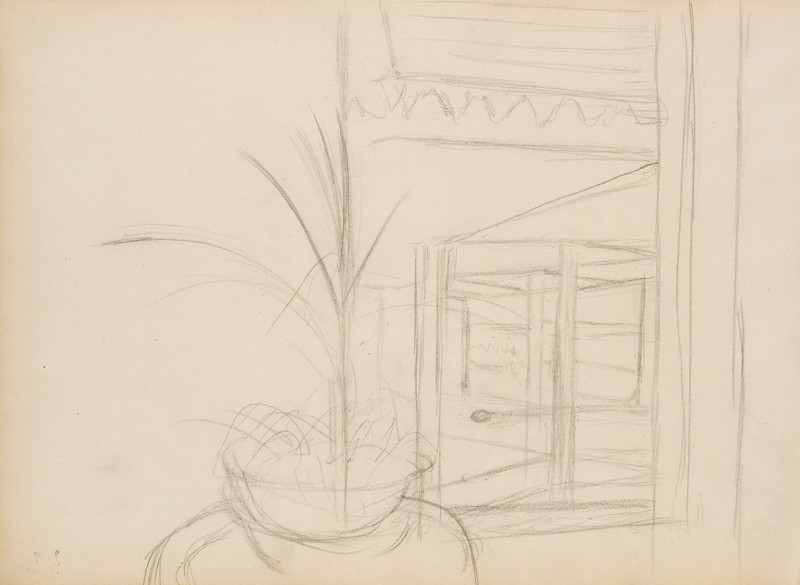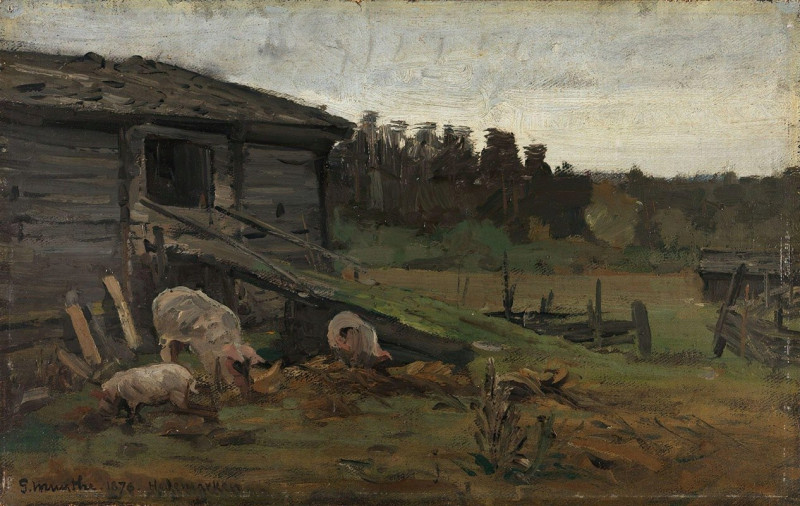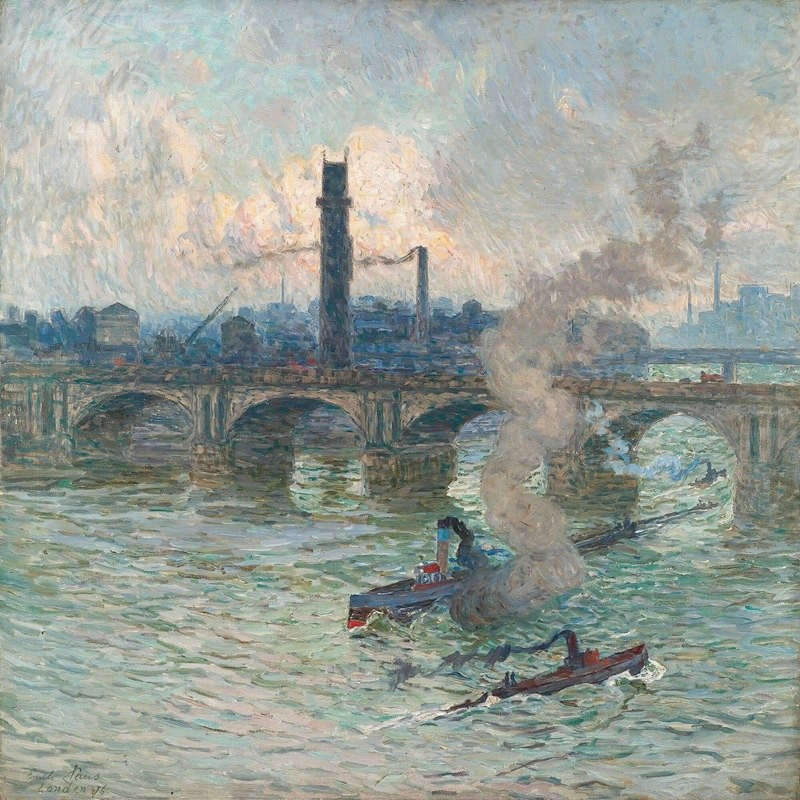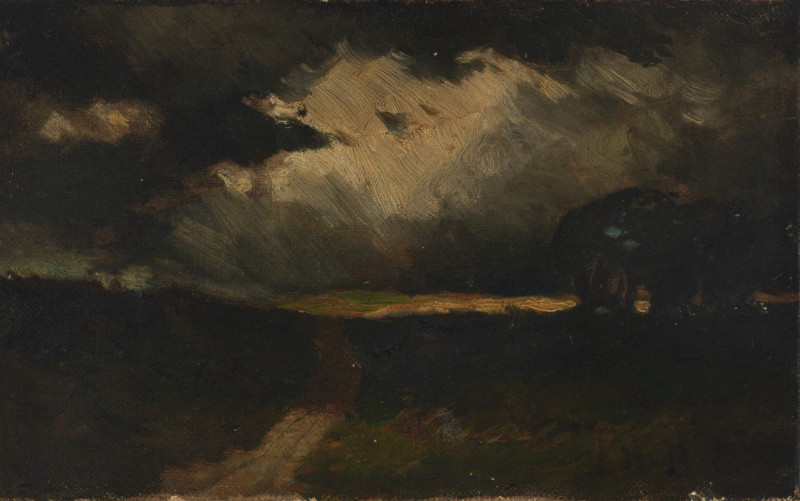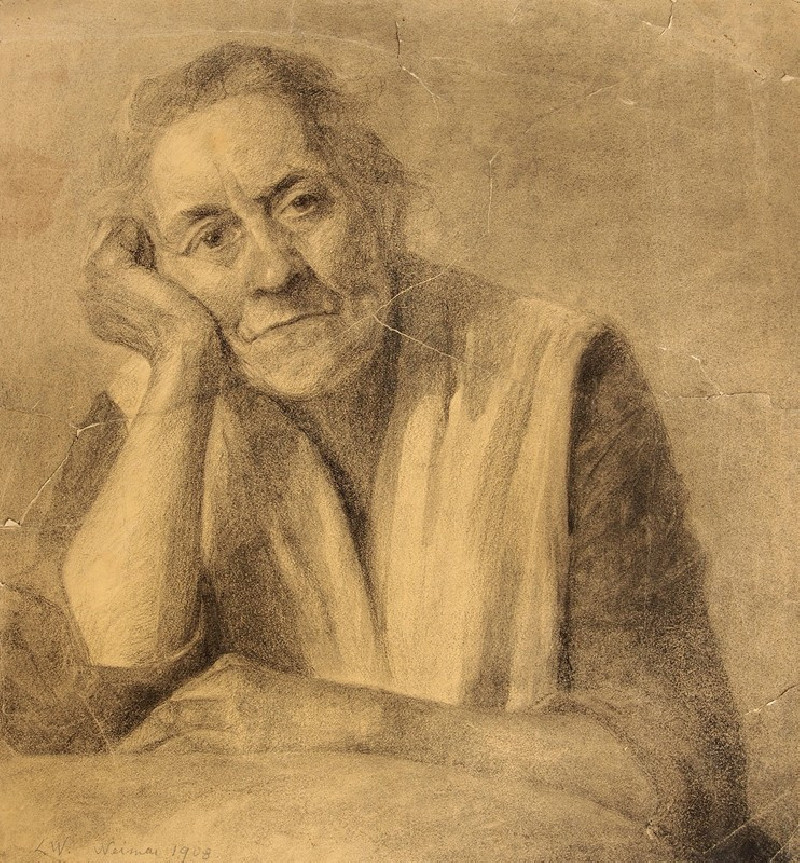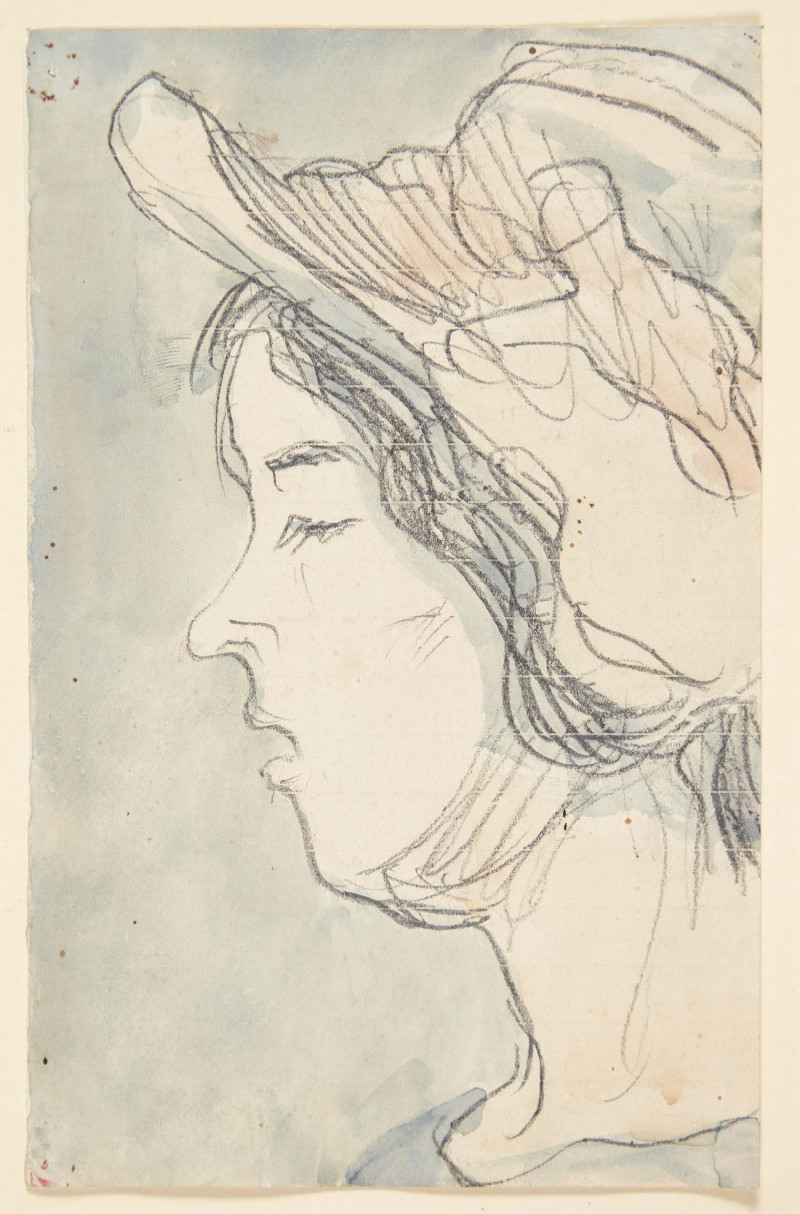Leuchtturm im Grünen, Fehmarn (1913)
Technique: Giclée quality print
Recommended by our customers
More about this artwork
Dive into the captivating world of Ernst Ludwig Kirchner with his engrossing etching "Leuchtturm im Grünen, Fehmarn" created in 1913. This artwork captures a spellbinding scene of a lighthouse, cradled by the lush, untamed foliage of Fehmarn, an island in the Baltic Sea where Kirchner spent a summer that significantly influenced his work.The composition is dense and intricately detailed, with vibrant strokes that evoke the wild, natural beauty surrounding the lighthouse. At the heart of the image stands the weather-worn lighthouse, its sturdy form a beacon of guidance amidst the chaotic swirl of nature's embrace. The structure is portrayed with a combination of strength and delicate detail, effectively capturing both its architectural significance and the poetic solitude it symbolizes.Surrounding the lighthouse, the etching shows a thick growth of plants and grasses, drawn with expressive lines that suggest movement and vitality. This tangle of flora is not just a backdrop but seems almost to be in conversation with the lighthouse, highlighting themes of isolation and connectivity."Leuchtturm im Grünen, Fehmarn" is not merely a depiction of a geographical location but a profound expression of Kirchner's emotional response to his environment. This piece is a superb example of how Kirchner, a leading figure in the Expressionist movement, used vigorous, emotive line work to explore deeper truths about human experience and our interactions with the natural world.This artwork invites viewers to lose themselves in its deep textures and to consider the beauty and complexity of even the simplest landscapes.
Delivery
Returns
Ernst Ludwig Kirchner (1880–1938) was one of the most important German Expressionist painters. He was a co-founder of Die Brücke, a group of German expressionist artists formed in Dresden in 1905. Die Brücke and Kirchner took inspiration from Vincent Van Gogh and Edvard Munch, as well as African and Oceanic art. They used woodblock printing as a medium to showcase their signature style: flat, unrealistic images with vivid colors. The recurring themes in Kirchner's artworks included exotic cultures, faraway landscapes, self-portraits, dancers and Berlin street life. His paintings and prints effectively portrayed non-European cultures despite the fact that he never traveled outside of Europe.

